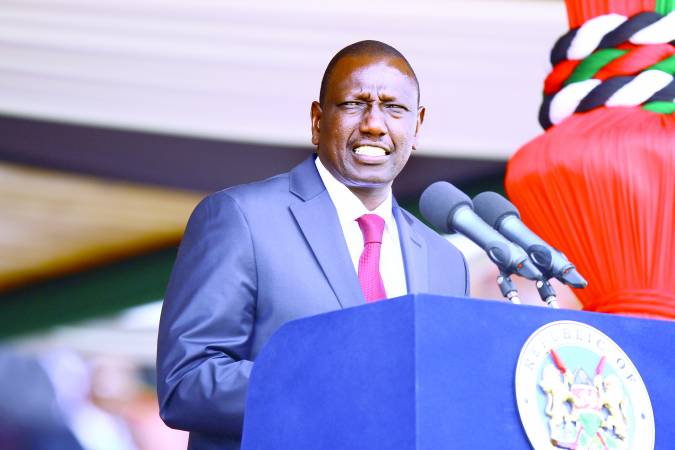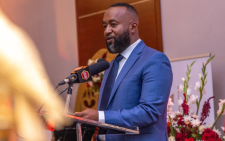Ruto touches raw nerve on the diplomatic front

As campaigns for the presidential elections enter the penultimate stage, leading candidates are focusing on coalition building and voter consolidation for a winning formula.
Demographic expediency and public displays of political acumen, highlight an election where stability and the economy top the agenda. Citizens want to see how candidates respond to the critical issues of national cohesion and poverty alleviation.
The tactical political battle between frontrunners Orange Democratic Movement (ODM) leader Raila Odinga and Deputy President (DP) William Ruto moved to the global stage, as the DP left the local campaign trail for a visit to the US and the UK.
President Uhuru Kenyatta and his Handshake partner-Raila, have been widely praised on the first count of stability, but questions have been raised on high public debt levels, unemployment, the rising cost of living and rampant corruption. Ruto meanwhile has sustained attacks on his boss, the government and the acclaimed partnership.
However, he cannot feign innocence on the government’s track record as he has been and still is part of it. His spat with the President appears more a case of sour grapes after he spurned him to back his erstwhile rival.
Extending his frequent attacks against his boss abroad, the DP has run into diplomatic headwinds, stirring a hornet’s nest by derisively referring to the Head of State as “a refugee in the opposition” and Raila as “the opposition cohabiting with the government.”
Ruto touched the wrong button on the hallowed grounds of the art of diplomacy, which may dent his credibility as a nationalist seeking the presidency. He could have played the rejection to his advantage by diplomatically displaying his stature as a loyal deputy and a potential patriotic statesman in an election year.
The ‘Handshake brothers’ are adept at the diplomatic game and their silence in the wake of the DP’s brazen sneer should be treated with extreme caution. Indeed Ruto’s first engagement in diplomacy came on Raila’s side during the Kofi Annan-mediated National Accord following the 2007-2008 post-election violence.
Raila went on to become Prime Minister and also acted in 2010 as a mediator following the disputed election in Cote d’Ivoire. As his relationship with Ruto started drifting apart around this time, Raila cultivated strong diplomatic links with senior African leaders including Nelson Mandela and Olusegun Obasanjo. He was appointed the African Union (AU) High Representative for Infrastructure Development, just six months after the Handshake.
The DP should be acutely aware that the duo’s combined diplomatic clout is a historic subject of local and global attention.
He should tread carefully on this terrain that provides a “gilt-edged opportunity” for the President to leave a lasting shine on his legacy.
Not forgetting that he is the outgoing chair of the East African Community (EAC) and AU Peace and Security Council. Both have close ties with the immediate former AU Chair, Democratic Republic of Congo (DRC) President Felix Tshisekedi, whose country has just been admitted to the EAC. Kenya is also a member of the United Nations Security Council.
DRC (population 90 million) is probably Africa’s richest country in terms of its abundant natural resources, especially minerals. Its membership makes EAC a powerful regional economic bloc of 290 million people.
Should the President bequeath to Raila the legacy Big Four agenda to complement the national economic blueprint Vision 2030, EAC’s vision, national and county development plans in the Azimio partner manifestos, Ruto’s “bottom-up” approach has a lot of convincing to do.















